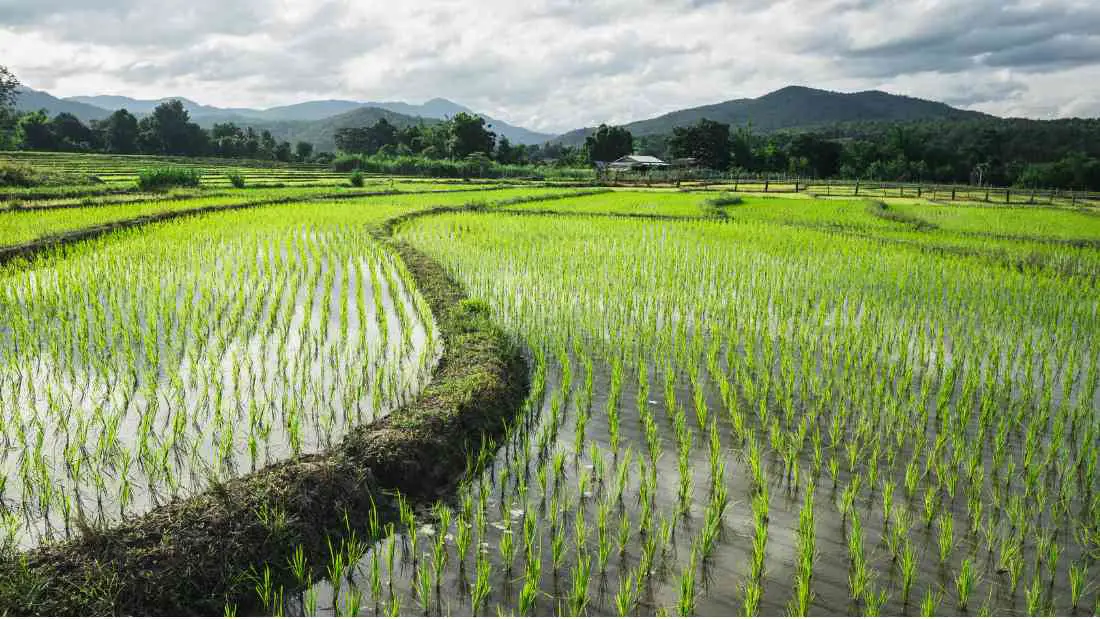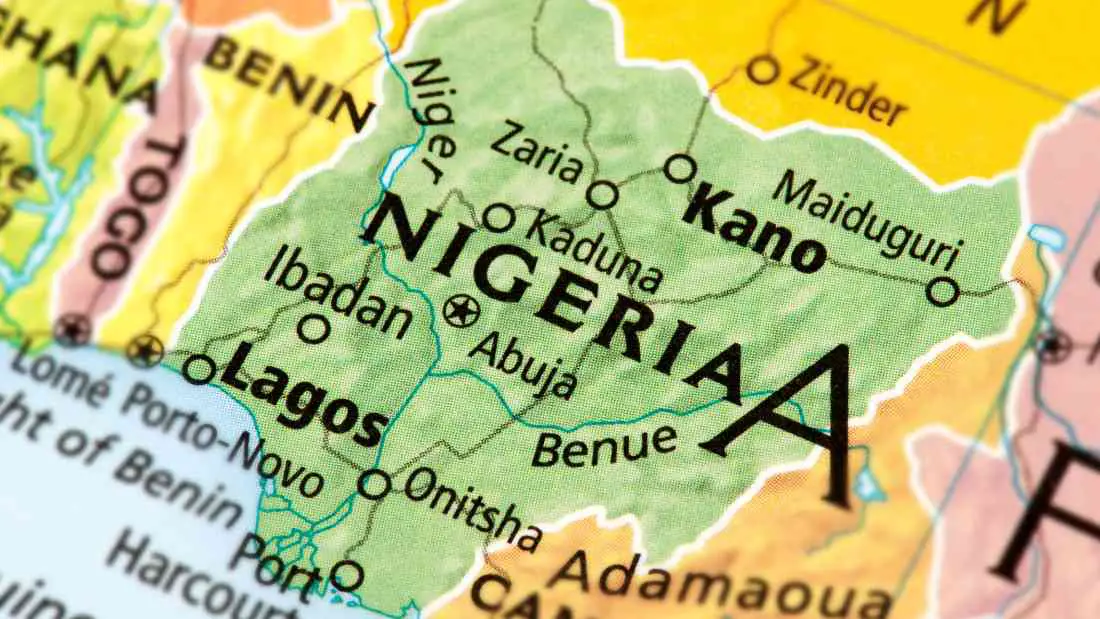In order to understand the power relations of a society it is important to not only to consider the dominant discourse which constructs meaning and governs consciousness in a society, but also to consider counter-discourses, which though less powerful, have an important story to tell about how members of the society are reacting to, and resisting, the hegemonic discourse.
If we were to only analyse the dominant discourse, we would end up with a biased view of the society in question – a view that does not take into consideration the nuances in meaning and the inevitable conflict that ensues when certain groupings in the society in question control or restrict access to resources to other groups (organisational power, the third type of power as defined by Eric Wolf).

In order to illustrate this I will refer to an example used by Susan Gal, who talks about the Bedouin tribes in Egypt, whose male-dominated discourse reflects values such as strength, autonomy and sexual modestly.
This contrasts with other forms of discourse, such as the oral lyrical poetry that is composed and performed by women and young people in front of small audiences of trusted friends, and which focuses on vulnerability, injustice and romantic desire.
If an anthropologist focused on the former discourse and ignored the latter, the contradictions and schisms in the power relations between the genders and the generations within Bedouin society would have been missed.

My second example refers to the Mandinka in The Gambia, a patriarchal society where the male head of the household controls the resources and income of the extended family and the main unit of production is kin-based.
When the colonial powers intervened to boost rice production the first people to resist were the men, who traditionally farmed groundnuts not rice.
Thus, it was the women who worked with the colonial authorities to clear more land and grow more rice.
However, this created tension between the genders in Mandinka households, since traditional practice was that the person who cleared the land subsequently owned the crops that were grown on it.
This meant that the new cultivatable land did not fall under the control of the male head of the household, upsetting power relations between the genders and the generations.

When the colonial authorities (structural power) labelled the crops as subsistence crops, organisational power (Wolf) came into play, and the patriarchs were able to claim the lands as family land.
The women were thus disenfranchised, so they resisted by working ‘to rule,’ and only doing the work they were obliged to do by tradition.
This meant that the targets of the colonisers were not met, and that ultimately the patriarchs did not make any more money than usual, because crop yields decreased considerably.
It is only by tracing both the actions of the dominant players (the colonialists at the structural level and the patriarch and men at the organisational level) and the reactions and resistance by non-dominant groupings (the women) that we get a complete picture of how and why the rice cultivation project failed,

Another type of resistance that I would like to discuss is class consciousness, which Marx defined as occurring when a group of dominated people come together and recognise their common interest, and collaborate in order to resist the dominant class.
The first example I will use is also taken from Susan Gal, who recounts what happened in Nigeria in 1929, when the colonial administration introduced new taxes on property owned by women.
The reaction was so strong that the resulting marches and protests came to be known as the Nigerian Women’s War.
What is particularly interesting from an anthropological perspective is HOW the women protested.

In Nigeria there was a tradition known as ‘sitting on a man,’ which meant that women would go to the home of a man who they believed had wronged them and dance in an obscene manonner in order to shame him.
In 1929, Nigerian women took this tradition to a whole new level, in essence sitting on the colonial administration. This involved marching naked, lying on the ground and waving their legs in the air, and making obscene gestures.
Their acts of resistance were successful, and the colonialists changed their taxation plans.
Another act of class consciousness can be seen in the actions of the muchachos, who resisted the dominance of the Spanish rubber managers in Putumayo by terrorising them with a discourse of savagery and cannibalism.
This discourse constructed terror for the Europeans, and empowered the muchachos who positioned themselves as the bastion protecting the white man from the flesh eating savages of the forest.

Finally, I will refer to the case study of colonial Sumatra by Stoler. Here we see two different types of power at play.
When the colonial administration made land available to planters from Europe to lease, we see organisational power in action.
The colonialist administration dominated the planters by controlling and allocating the land, but the planters resisted through the promulgation of discourse that defined ‘internal’ matters such as the disciplining of employees as private and not falling under the remit of the colonial authorities.
This enabled them to maximise their yield and bypass concerns regarding the danger that such extreme discipline, or rather torture, constituted to ‘law and order.’
Fifty years later, we see other forms of resistance arising – we see class consciousness growing amongst the coolies, who were asking for better conditions and higher pay, and also other forms of resistance such as the rise of nationalist movements.
This coincided with a shift in structural power, as discourses relating to the rise of communism and capitalism clashed and coalesced, creating a powerful hegemonic discourse that created classifications of meaning that obfuscated what was truly happening in colonial Sumatra in the 1920s.

Thus in order to truly understand the power relations and cultural shifts that were occurring at the time, anthropologists would need to consider both the hegemonic discourse and also the muted, less powerful, discourse of resistance used by the coolies, nationalist movements and church organisations.
In conclusion, this essay has shown that if one only looks at domination, without also considering the countering forces of resistance, one ends up with a one-dimensional view of the power relations in a society.

